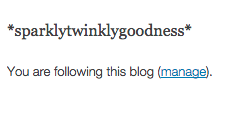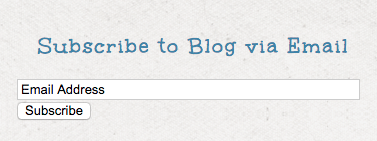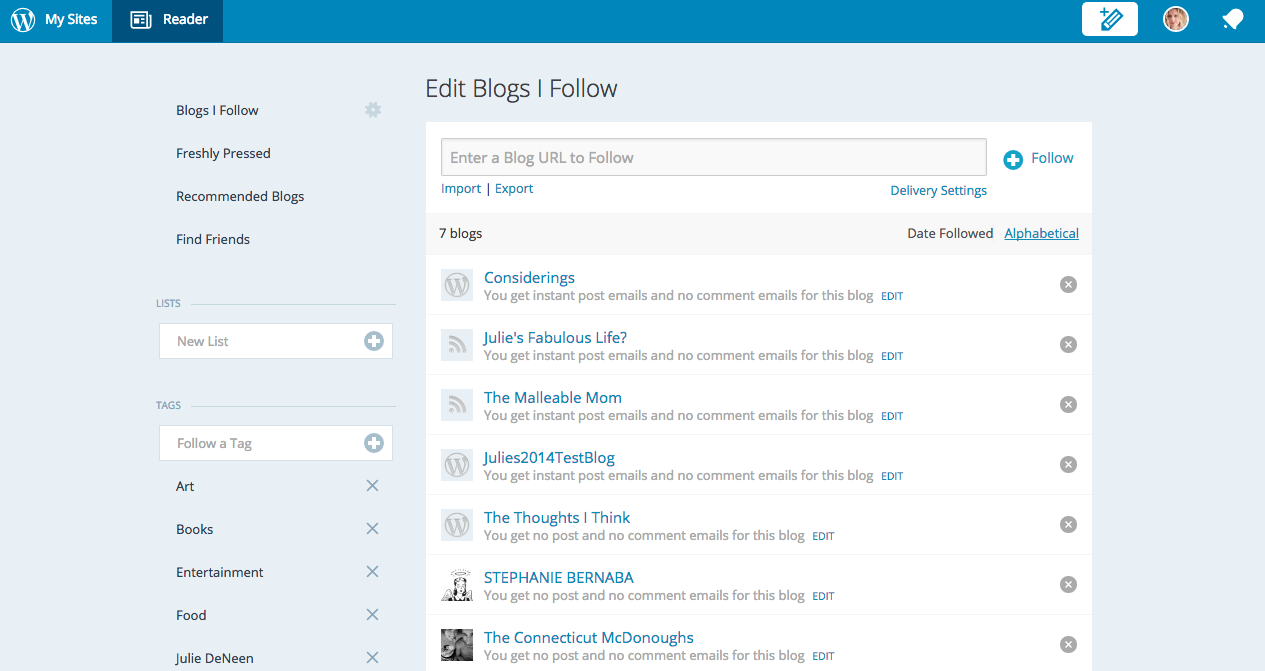Despite having written about this topic other times, it never fails — one of the most confusing aspects of WordPress is the relationship between WordPress.com and WordPress.org. People think they are the same, and don’t realize that once you have a WordPress.org blog, you still can have a relationship with WordPress.com. So today’s post is my final manifesto on how I explain how these two sides of one company benefit the website owner.
WordPress is actually owned by Automattic
To begin, WordPress is actually not the name of the company. The company is called Automattic. They own the WordPress software, plus a host of other things like Jetpack, Akismet, Gravatar, and VaultPress. Automattic has made their WordPress software free for anyone to use. Think of it as a stand alone product, sitting on a shelf, just waiting for its next home as someone’s website.
People call this free version of WordPress a host of names – WordPress, WordPress.org (the org standing for the free non-profit side of the software) or self-hosted WordPress. It all means the same. You are using WordPress to build a site and pay nothing for it.
WordPress.com is a completely separate entity. This is the for-profit business side of Automattic. WordPress.com is much like a social media site – when you sign up for WordPress.com, you get a profile, an RSS reader, a community of people, PLUS – you can get a free website. WordPress.com offers all sorts of upgrades to make your website more custom, but no matter what you pay (unless it’s the business/VIP rate), you are using their platform to host your website and are subject to their rules – no advertising, no custom theme uploads, and no plugins (except that which comes already installed).
WordPress.com allows you to link domain names to your website, style it, etc. for a fee. Or, you can use the basic free plan and get your website up and running in minutes. When people have a custom WordPress.com site, sometimes they confuse this with WordPress.org.
WordPress.org requires you to have your own hosting account with a company like Hostmonster, Web Hosting Hub, Bluehost, etc.
What happens to your account with WordPress.com when you move to self-hosted?
Many times, a website owner starts out on WordPress.com using the free website service and quickly realizes that the limitations WordPress.com imposes are not conducive to website growth. It’s at this point that the client decides to move to WordPress.org (or self-hosted).
Once you’ve moved your client, what happens now to their WordPress.com account? Is there still a relationship between the two? The answer is yes.
The invention of Jetpack
Jetpack is a backpack of plugins that came automatically installed in every WordPress.com website. When people started to move to self-hosted, they still wanted those features and benefits. So Automattic developed Jetpack as a way to give self-hosted users some of the perks of WordPress.com without the limitations. If you install Jetpack on your client’s site, you’ll be able to do several things.
- Site management– If you have several websites, you can manage all the plugins and updates from the dashboard in WordPress.com
- Site stats– The same goes for statistics. All of the websites that are connected via Jetpack will have an easy interface on WordPress.com where you can check them all without having to sign in to each site.
- Notifications– WordPress.com users were used to a bar at the top of their website where they could see the most recent comments and reply simply. This feature gives WordPress.org users the same benefit.
- Extra widgets- Sharing buttons, email subscriptions, shortcodes, gallery features, mobile theme, likes, comments, and other perks are included as well
- One login– If your client wanted to log into their self-hosted website using your old WordPress.com account username and password, you can turn that on
The most important thing to remember is that you MUST use the same email address for a user on your self-hosted blog as on a WordPress.com account to make all the syncing easier.
Should I delete my Client’s WordPress.com account when They go to self-hosted?
No. You should not. And here’s a secret I learned. WordPress.com accounts CANNOT BE DELETED anyway. Sure you can delete your website, but the account will remain.
If you want to make it so the old sites redirect to the new and is hidden from public view, a site redirect is the best practice. You can buy a site redirect from WordPress.com and they will redirect all the traffic for $13.00 a year. If at any point you want to access your client’s old site, you can do so by logging into their WordPress.com account and going to their site dashboard.
Understanding followers and how they follow you once your client migrates
Once your client has a WordPress.com account (and you are logged in), you will notice that anytime you land on a site that is run on WordPress.com, you’ll see their notification bar at the top of the screen plus an easy follow button you can push. It might also be on the sidebar. When you push that button, new posts will appear in your RSS WP.com reader.



If you aren’t logged in when you land on a blog that has the follow button in place, you have the option of entering your email address to get posts by email.

If you’ve hit the follow button and see the posts in your email, it’s because you have your notifications turned on in your WordPress.com profile. The WordPress.com reader allows you to set specific notifications for each website you follow. So I can follow websites in my reader, or my email, or both.

Remember, this is what you can do when you’re following WordPress.com website as a WordPress.com user yourself.
Keep all of this information in your head to understand what happens to YOUR CLIENT’S followers when you move them to self-hosted. This is what you have to do.
- Activate Jetpack and the website subscription module on your new site
- Migrate your followers – Here is the guide directly from Jetpack
- What happens to the existing followers? – Anyone who has followed you with the easy follow button that WordPress.com has will still see the posts in their reader, but they will stop receiving emails, UNLESS they re-enter their email address with the new website subscription widget on the new site. Anyone who has followed your client by entering their email address (meaning they didn’t have a WP.com account or weren’t logged in when they followed), WILL still get new posts by email.
- New followers going forward? If they don’t have WP.com, they’ll have to enter their email address. If they are logged into WP.com, they still have to enter their email address, it’s just that now it’ll show up in their reader too.
Other services through your WordPress.com account
If you want to use Akismet for spam filtering, Vaultpress for security, and/or Gravatar for that little profile shot to show up on your client’s comments, you’ll need a WordPress.com account to use them. I’ve written a post about the relationship between Gravatar and WordPress since that is a point of confusion for many as well.
Using the mobile app
Finally, whether your clients are on WordPress.com or self-hosted, if their website uses Jetpack on self-hosted, you can download the app for your phone. It allows you to check stats, write posts, and reply to comments easily!
